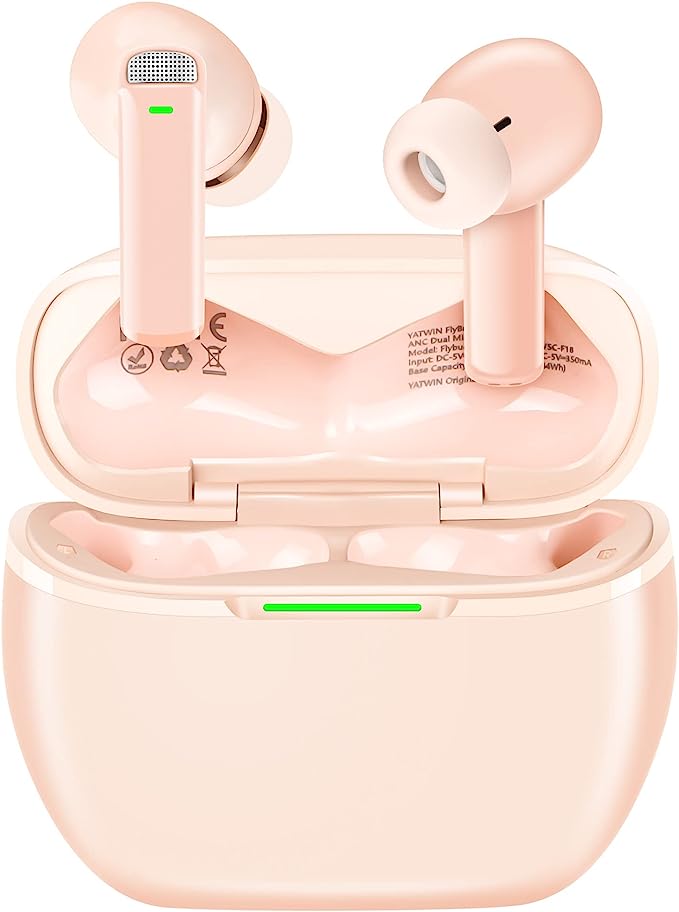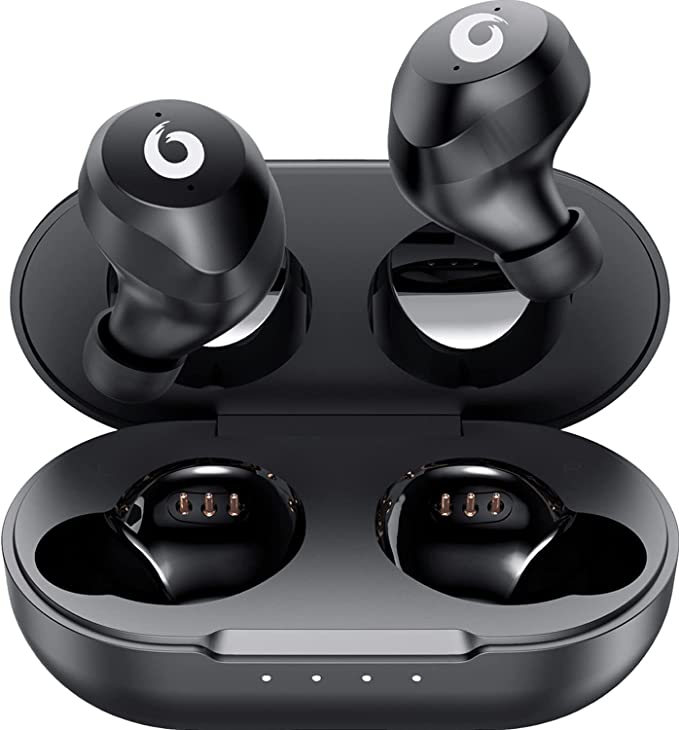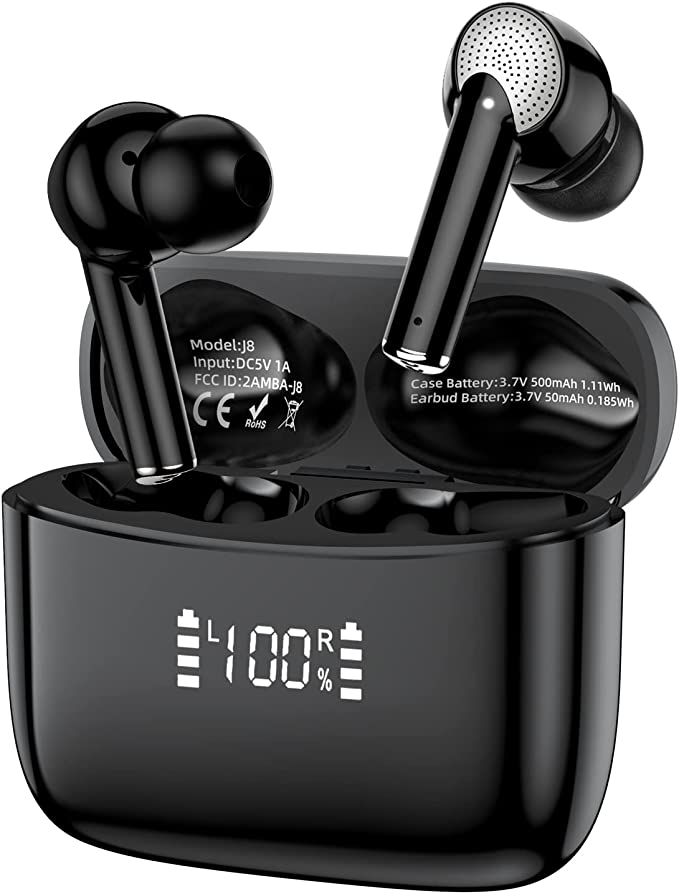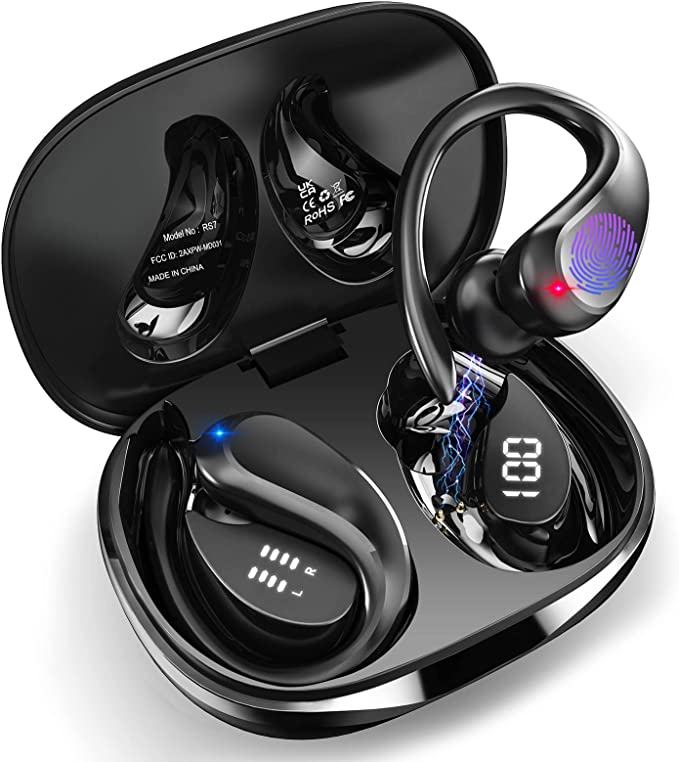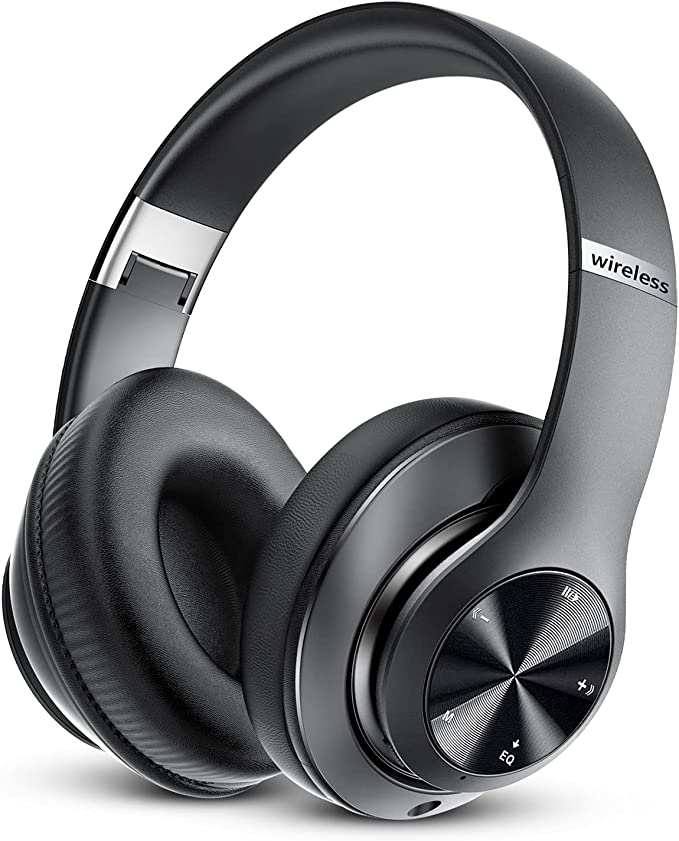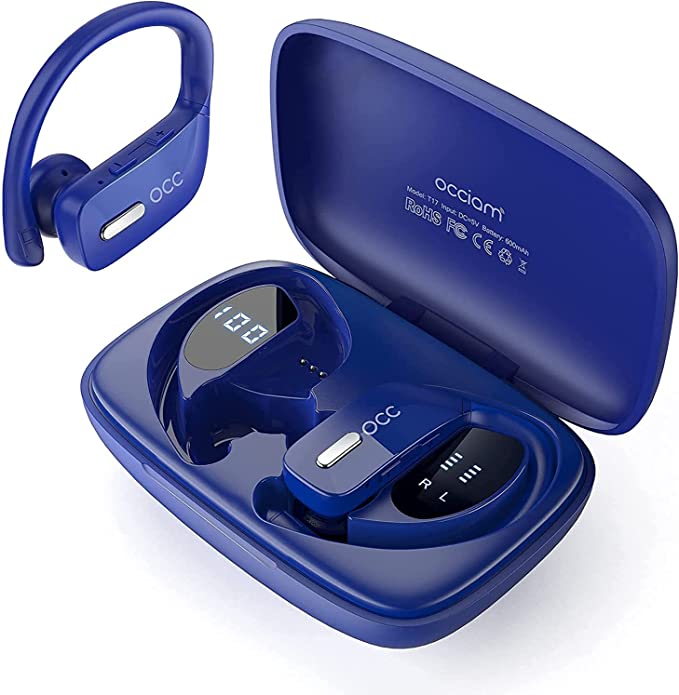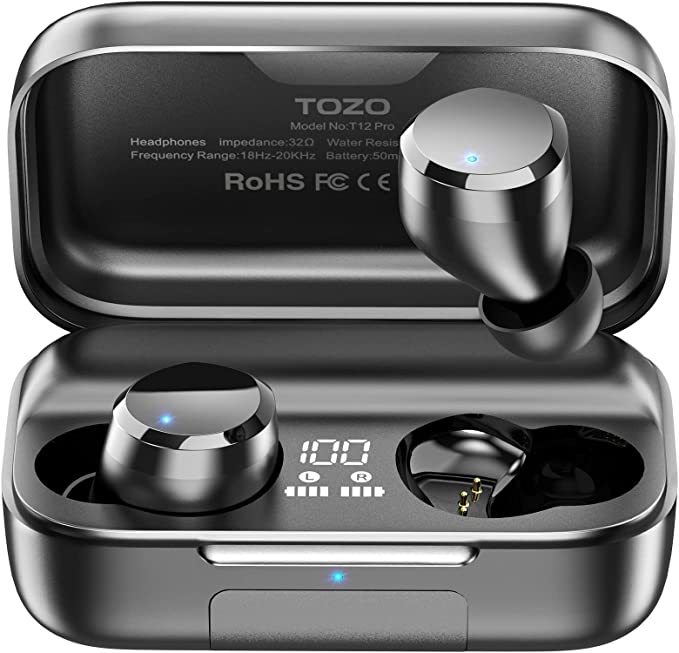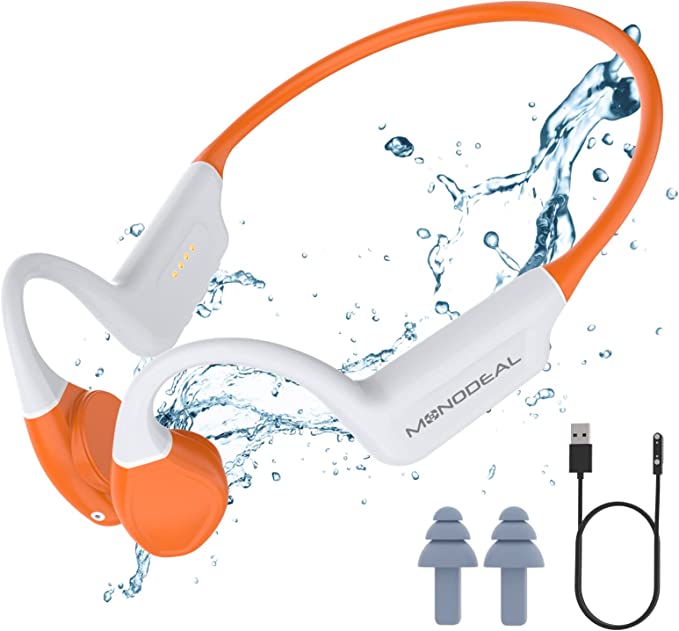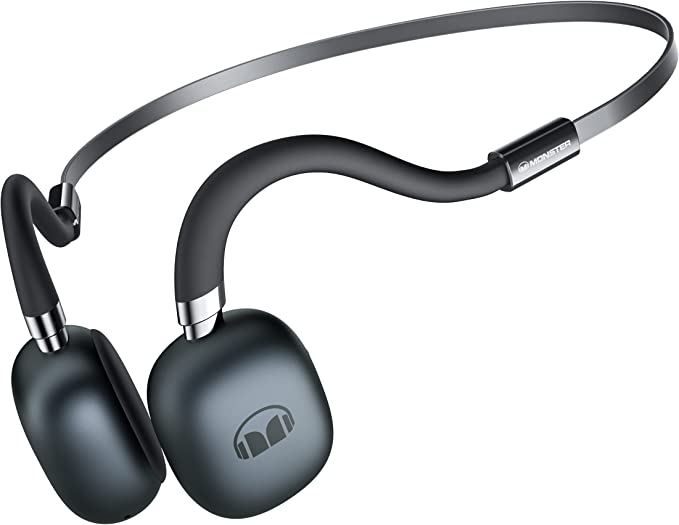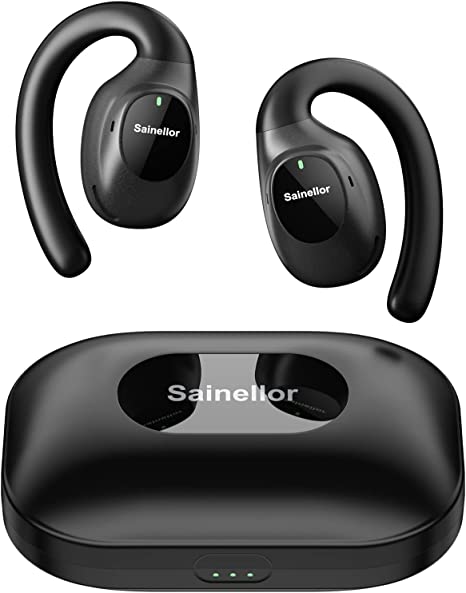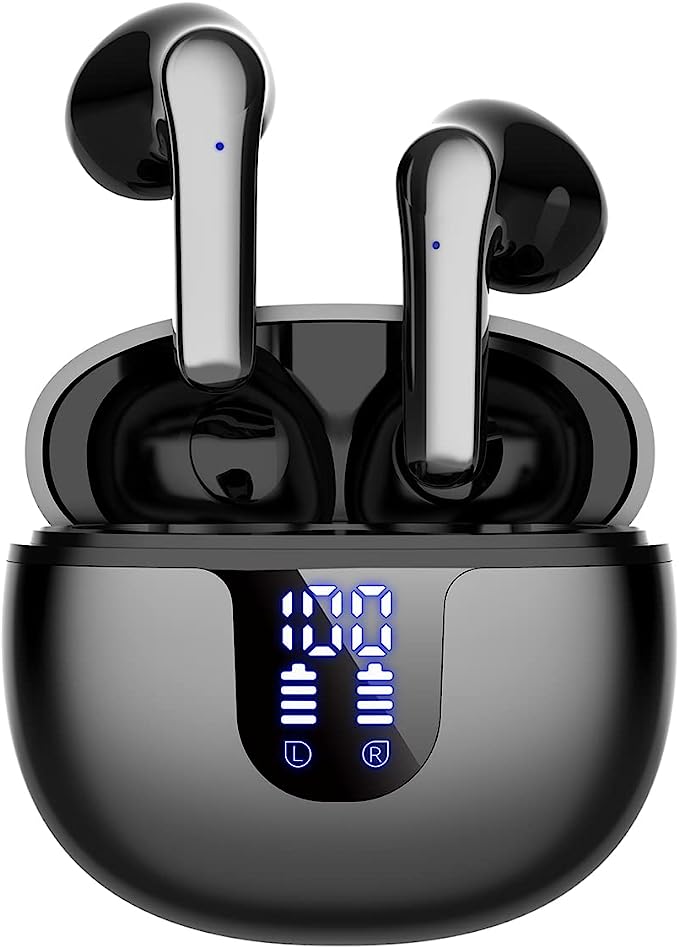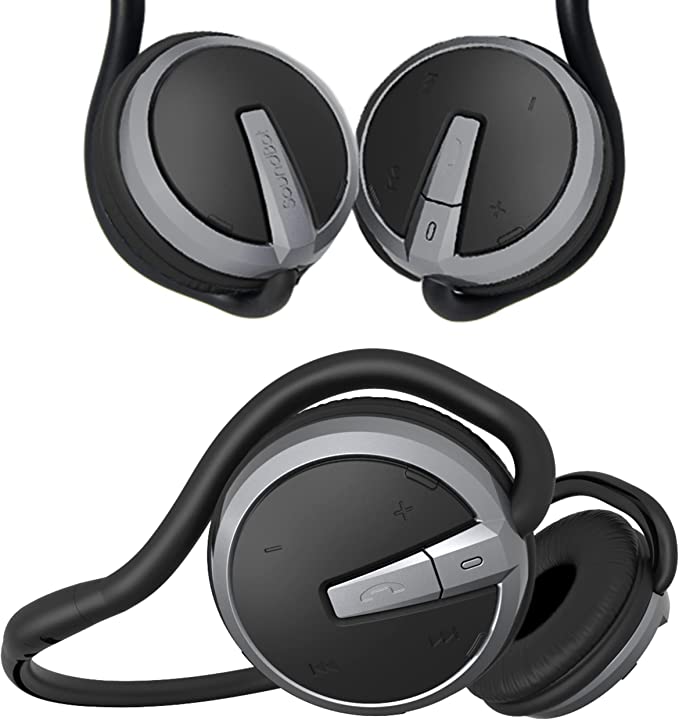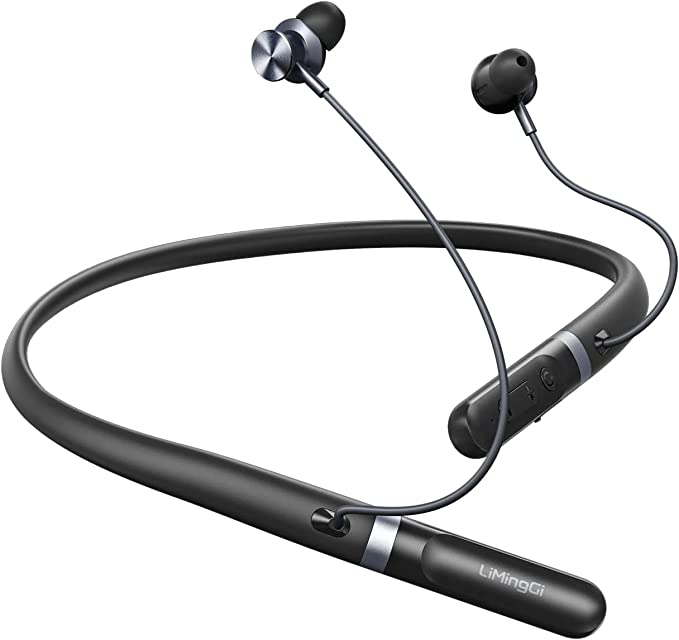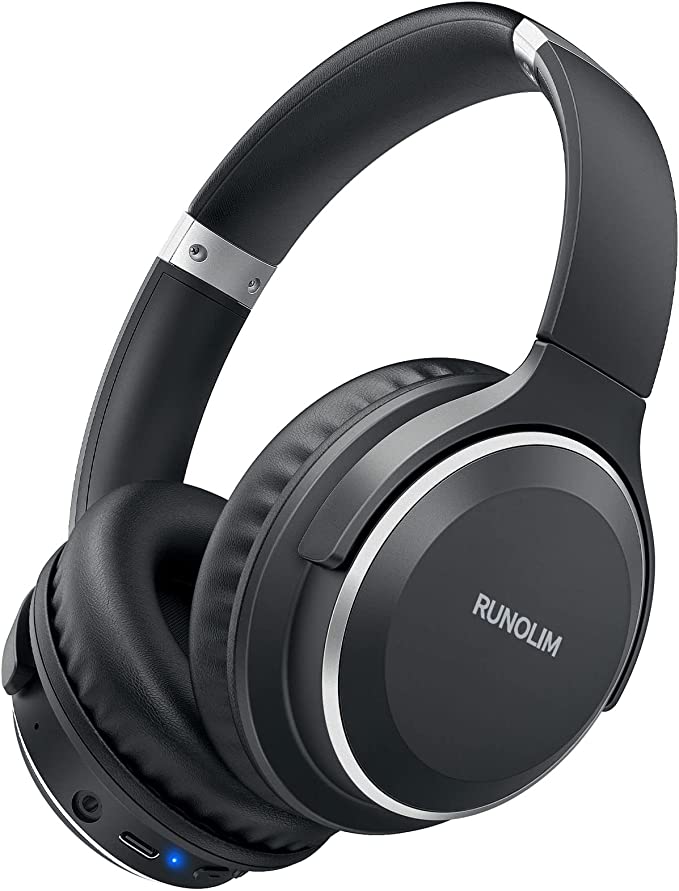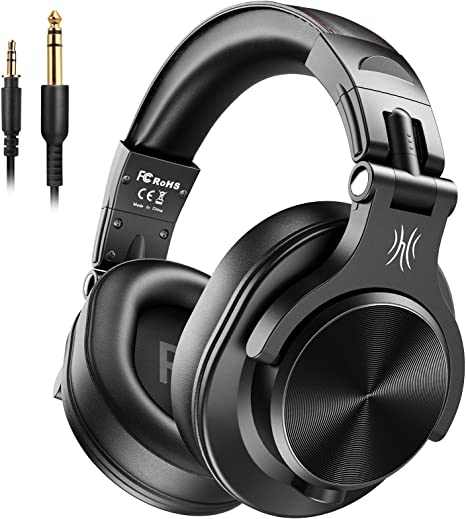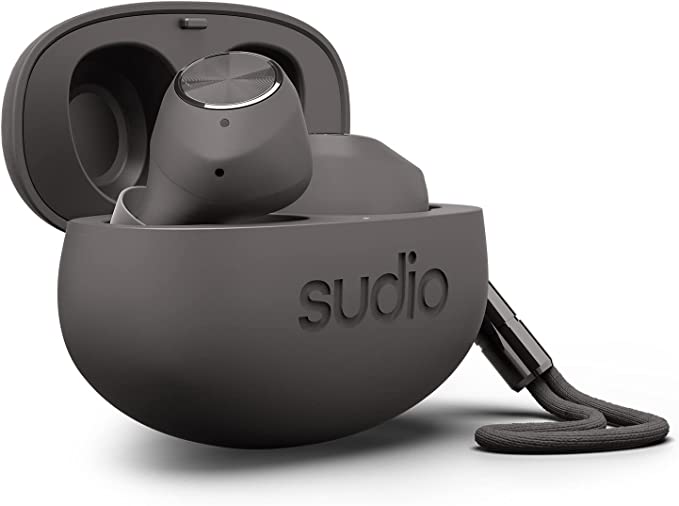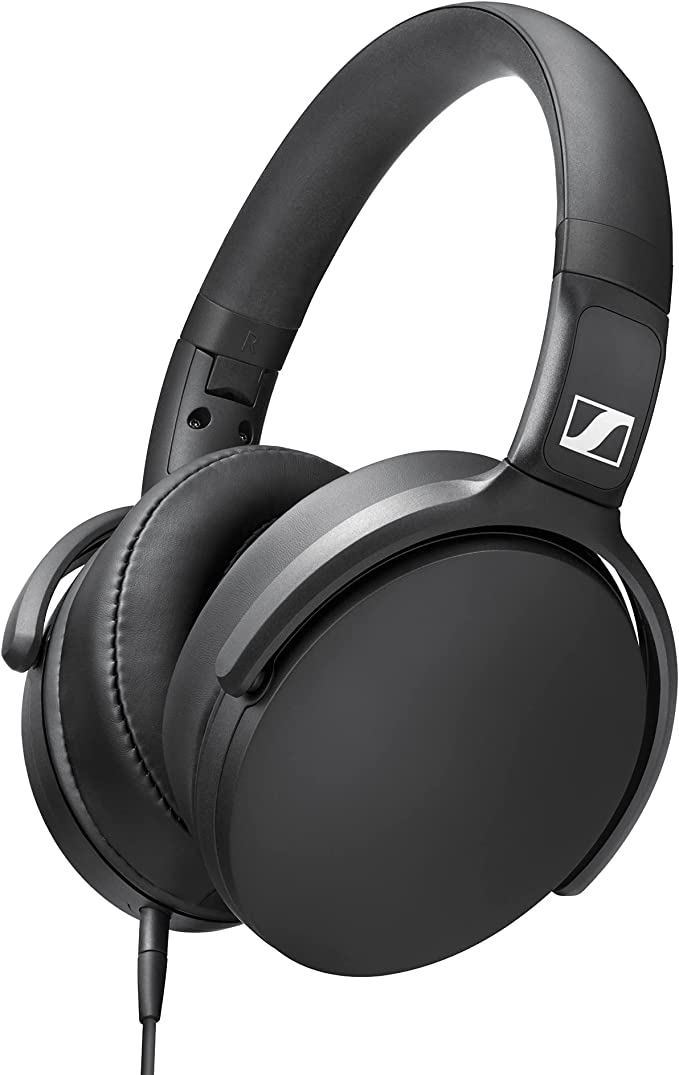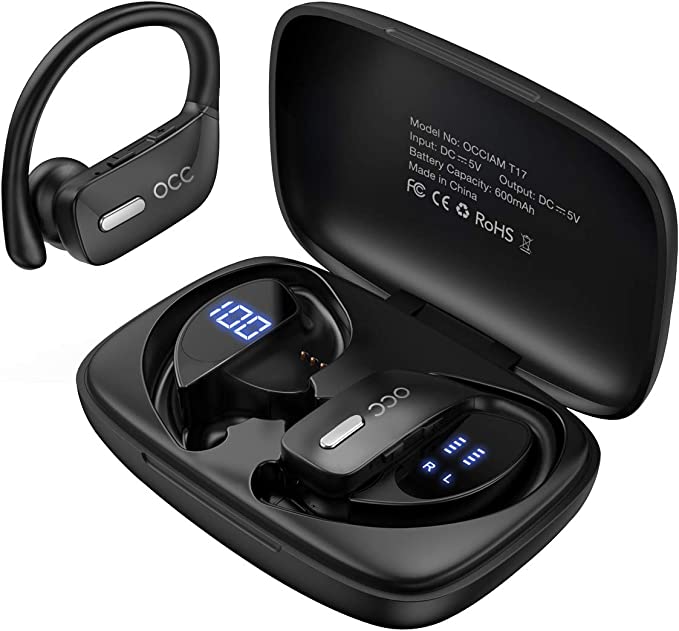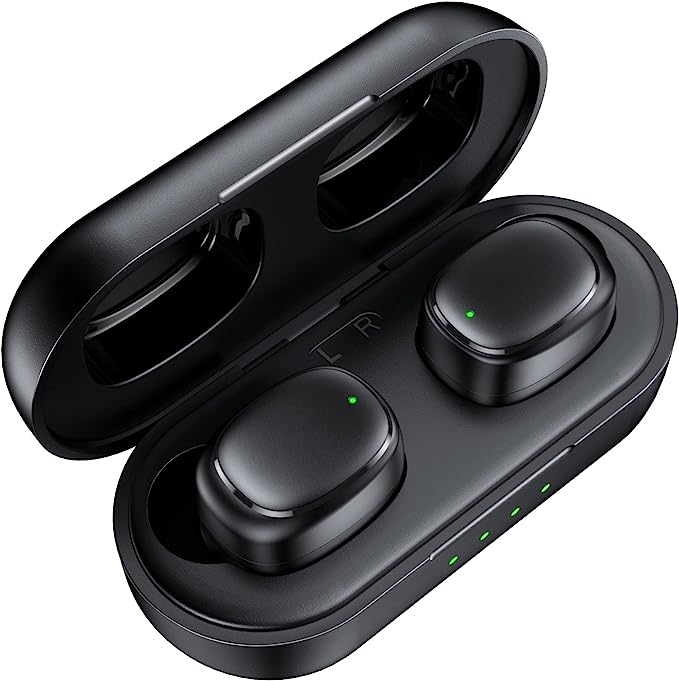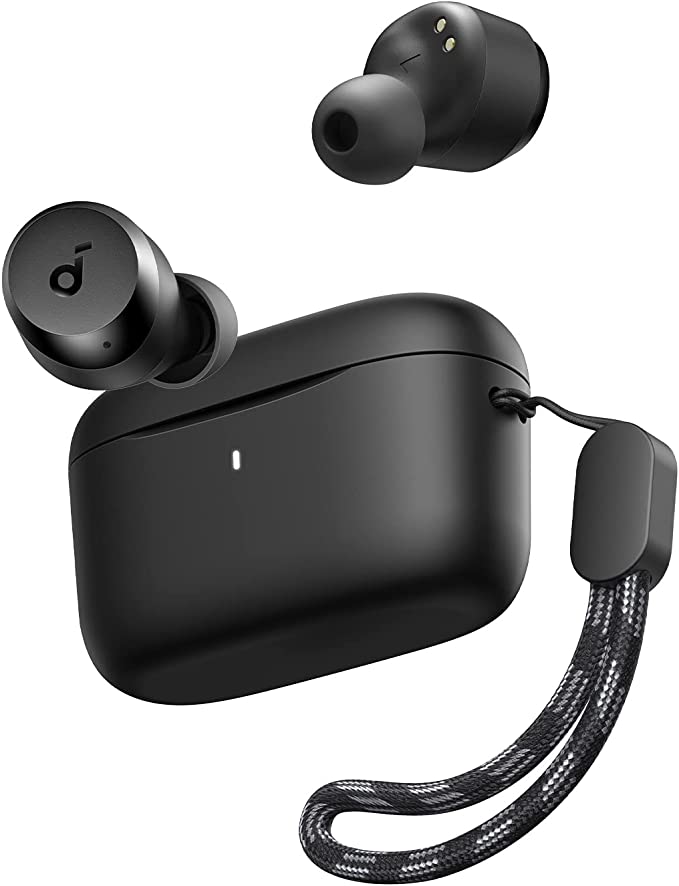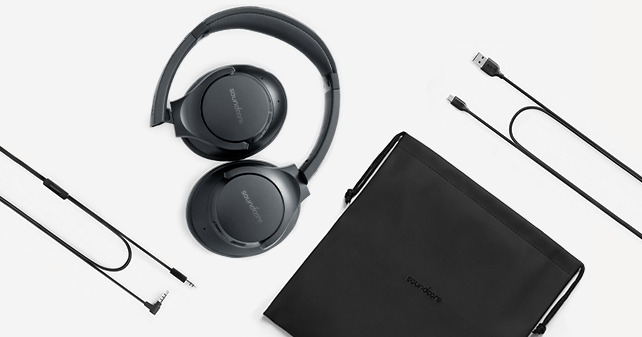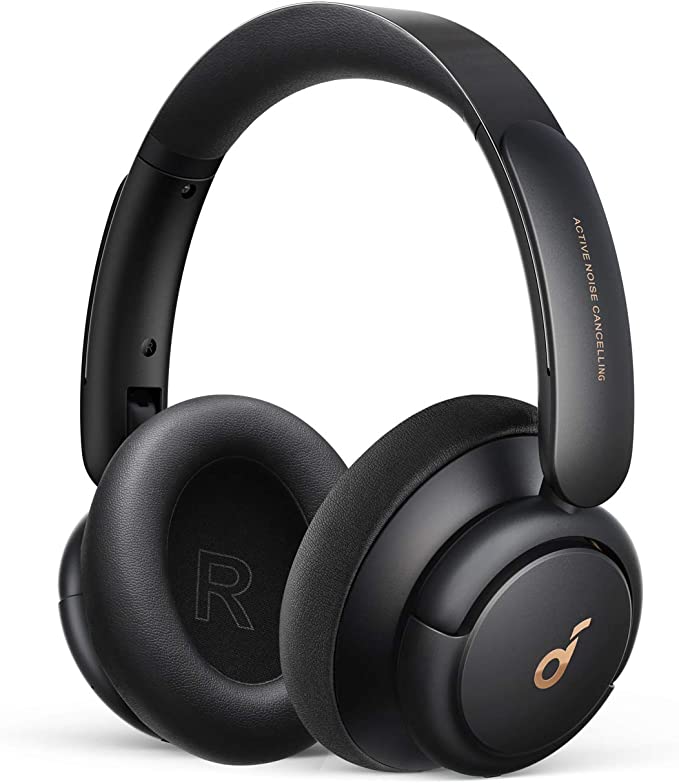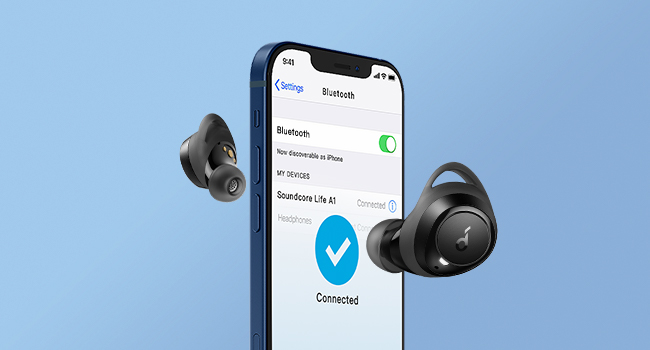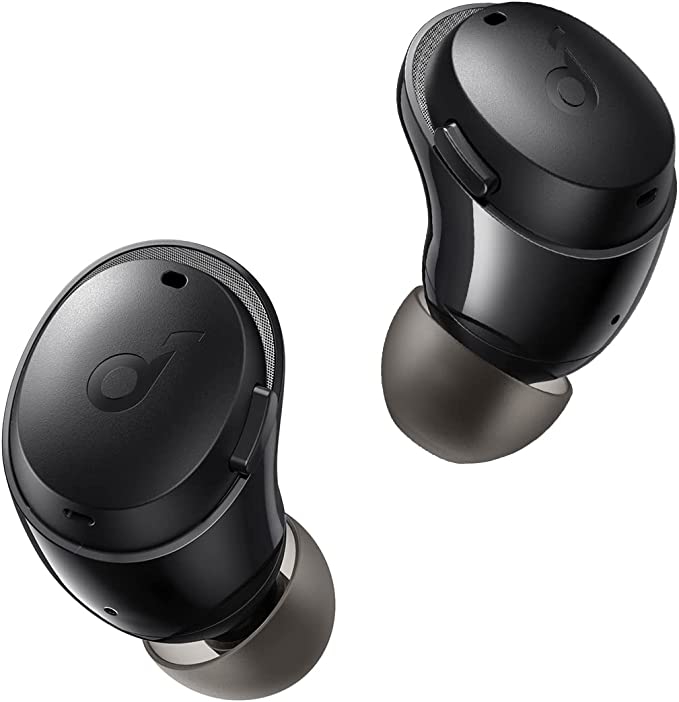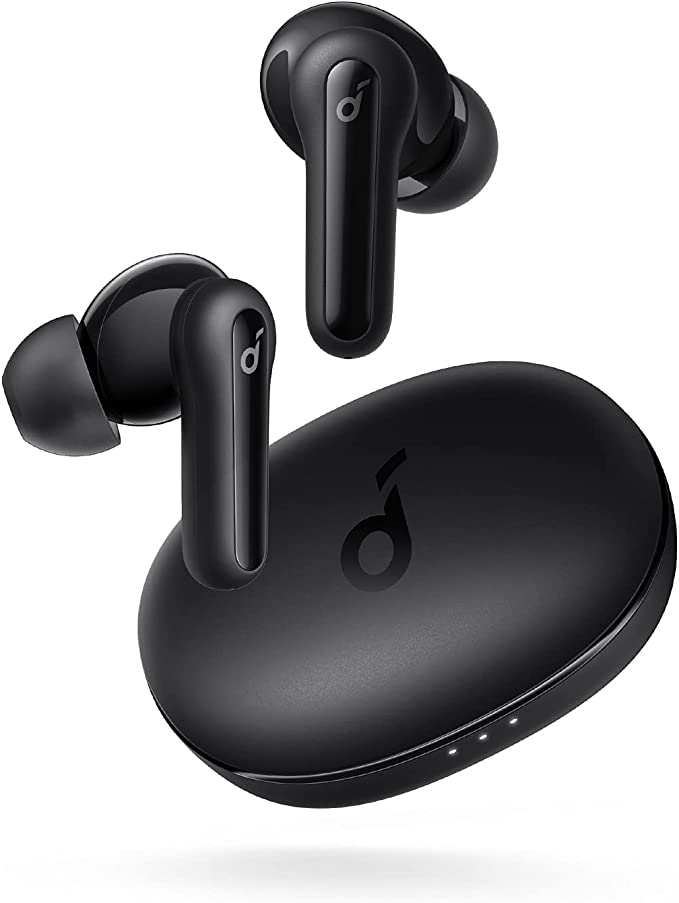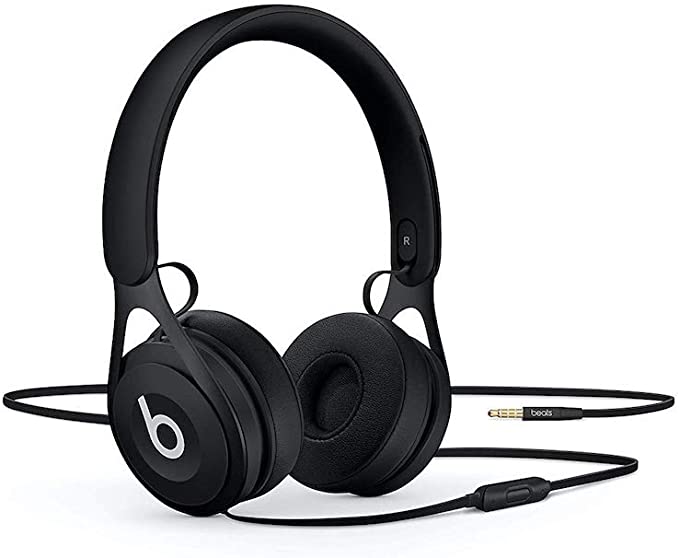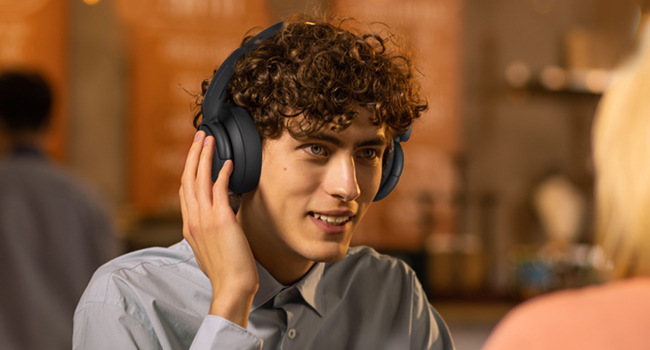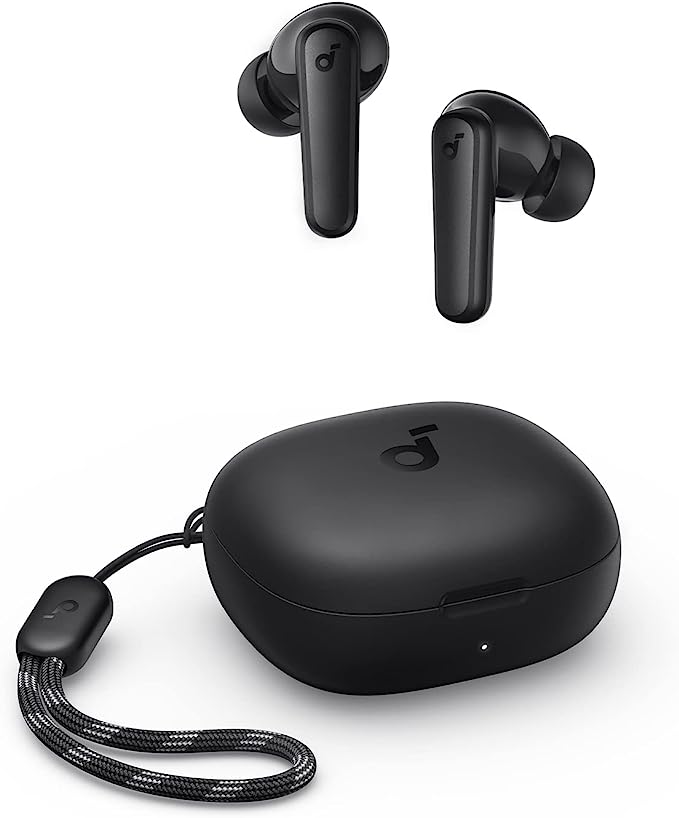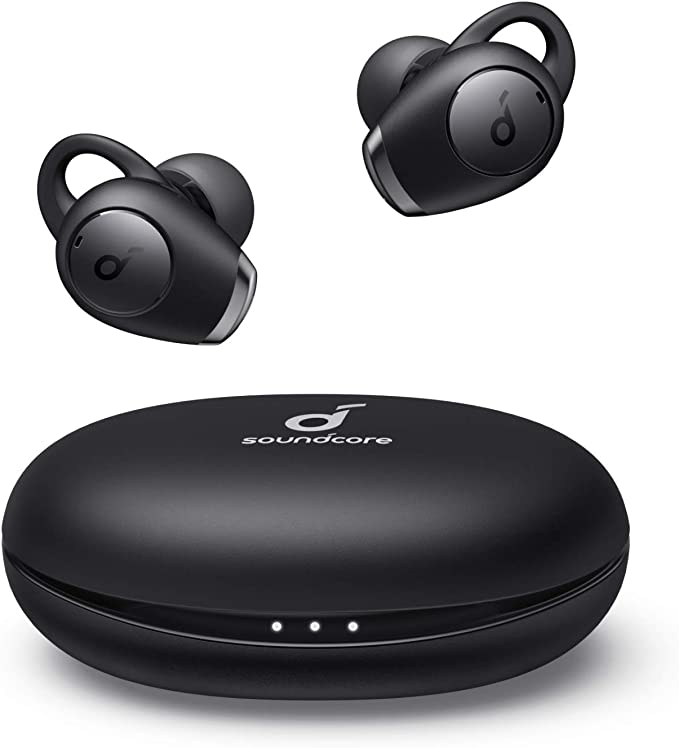Wisezone Q63 Wireless Earbuds: The 120-Hour Battery Life Champions With HiFi Sound
Update on June 25, 2025, 10:49 a.m.
In our hyper-connected world, wireless earbuds have rapidly transitioned from a niche accessory to an everyday essential. We rely on them for our commuting soundtracks, workout motivation, and hands-free calls. But have you ever paused to consider the intricate dance of technology packed into these tiny companions? Today, we’re going to peel back the layers of a product like the Wisezone Q63-6 Wireless Bluetooth Earbuds, not just to see what it does, but to understand how it does it. As an audio technologist, I find the engineering behind even accessibly priced devices fascinating, because it often reflects broader advancements that benefit us all. So, grab a metaphorical cup of coffee, and let’s explore the science that powers your untethered audio experience.

The Unseen Engine: What Powers 120 Hours of Freedom?
One of the first things that jumps out about the Wisezone Q63-6 is its advertised 120-hour total playtime, with the earbuds themselves offering a respectable 18 hours on a single charge. This kind of endurance would have been almost unthinkable in early consumer wireless audio. So, what’s the secret sauce?
It’s a combination of factors, starting with the evolution of portable battery technology. We’ve come a long way from the bulky Nickel-Cadmium (NiCd) batteries of yore. Today, most portable electronics, likely including these earbuds, utilize Lithium-Polymer (Li-Po) or Lithium-Ion (Li-Ion) cells. Their key advantage lies in a high energy density – meaning they can store more energy in a smaller, lighter package. Think of it like a backpacker who’s learned to pack incredibly nutritious, lightweight food for a long trek.
But a good battery alone isn’t enough. The devices consuming that power also need to be efficient. This is where Bluetooth 5.3 comes into play. While we’ll dive deeper into Bluetooth shortly, one of its significant, albeit less sung, improvements over older generations is its focus on power efficiency. Specifically, protocols like Bluetooth Low Energy (BLE), which forms a core part of modern Bluetooth standards, are designed to allow devices to communicate effectively while sipping, rather than gulping, power. This synergy between better batteries and more efficient wireless tech is crucial for long listening sessions.
Of course, the charging case is the unsung hero for that 120-hour figure. It acts as a pocket-sized power station, capable of replenishing the earbuds multiple times. The inclusion of an LED display on the case is a practical touch. It’s like a fuel gauge for your audio journey, giving you a clear visual cue of the reserve power, so you’re less likely to be caught with a silent commute. No more guessing games!

The Invisible Handshake: Why Bluetooth 5.3 Matters for Your Music and Calls
Bluetooth. It’s a technology so ubiquitous we often take it for granted. The Wisezone Q63-6 boasts Bluetooth 5.3, but what does that number actually mean for you? Let’s take a quick trip back. Early Bluetooth versions were revolutionary but could be prone to dropouts, had limited range, and weren’t always the most power-frugal. Each iteration has aimed to improve these aspects.
Bluetooth 5.3 continues this trend, offering enhancements in connection stability, efficiency, and even paving the way for future audio innovations like LE Audio (Low Energy Audio), which promises higher quality audio at lower power consumption and better support for features like Auracast™ broadcast audio. For now, the key takeaway is a more robust and reliable wireless link. This means fewer frustrating skips or stutters when your phone is in your pocket or bag.
The “One-Step Pairing” feature mentioned is a user-friendly outcome of these advancements. Modern Bluetooth protocols are designed so that after the initial setup – the digital handshake where your earbuds and phone get acquainted – subsequent connections are typically swift and automatic. Your earbuds “remember” your device, making for a seamless experience. Behind the scenes, technologies like Adaptive Frequency Hopping (AFH) are at work. AFH allows Bluetooth devices to detect “busy” channels in the crowded 2.4 GHz radio band (which is also used by Wi-Fi, microwaves, and other devices) and intelligently switch to clearer channels, minimizing interference and maintaining a more stable connection.

The Quest for True Sound: “Hi-Fi” and the 13mm Dynamic Driver
Wisezone highlights “Hi-Fi Stereo Sound” and a 13mm driver. Let’s unpack “Hi-Fi” first. It stands for High Fidelity, and in audio, it refers to the goal of reproducing sound that is as faithful as possible to the original recording, with minimal distortion or coloration. While “Hi-Fi” can sometimes be a marketing buzzword, the aspiration is a noble one. Achieving it depends on many links in the audio chain: the quality of the source audio file, the digital-to-analog conversion, the amplification, and, crucially, the transducer – the part that actually makes the sound, which in earbuds is the driver.
The Q63-6 uses a 13mm dynamic driver. A dynamic driver works on a principle of electromagnetism that’s been around for over a century but has been miniaturized and refined incredibly. In simple terms, an electrical audio signal passes through a voice coil attached to a diaphragm (a thin, flexible membrane). This coil is suspended in a magnetic field. As the current in the coil changes with the audio signal, it creates a fluctuating magnetic force, causing the diaphragm to vibrate. These vibrations push and pull the air, creating the sound waves that your ears perceive.
The size of the driver – 13mm in this instance – can influence the sound. Generally, a larger diaphragm (within the constraints of an earbud) has the potential to move more air, which can be beneficial for reproducing lower frequencies (bass) with more impact and creating a fuller, richer sound. However, driver size isn’t everything; the material of the diaphragm (common materials include PET plastic, or more exotic ones like bio-cellulose or beryllium in higher-end models), its rigidity, and the overall acoustic design of the earbud housing play equally vital roles. The “in-ear structure” of these earbuds also contributes by creating a seal in the ear canal. This helps with passive noise isolation (physically blocking some outside sound) and ensures that more of the sound produced by the driver is directed into your ear, often enhancing the perceived bass and overall clarity.
Braving the Elements: The Science of IP7 Waterproofing
For anyone who’s ever had a pair of earbuds succumb to a sudden downpour or an intense workout, the IP7 waterproof rating is a welcome feature. “IP” stands for Ingress Protection, and it’s a standard (IEC 60529) used to classify the degree of protection provided by an enclosure against the intrusion of solid objects (like dust) and liquids (like water).
The rating consists of two digits. The first (e.g., ‘6’ in IP67) refers to protection against solids. If it’s an ‘X’, it means it hasn’t been tested or rated for solid ingress. The second digit, ‘7’ in IPX7 or IP67 (the Q63-6 is listed as IP7, implying the solid protection isn’t specified or is secondary to the water protection claim in marketing), is what we’re interested in here. An IPX7 rating means the device is protected against the effects of temporary immersion in water under standardized conditions: up to 1 meter of submersion for up to 30 minutes.
What does this mean in the real world? It means these earbuds are designed to handle significant exposure to moisture. Heavy sweat during a marathon? No problem. Caught in an unexpected rain shower on your run? They should be fine. It provides peace of mind for active users and in unpredictable weather, though it’s generally not recommended to intentionally swim with IPX7-rated devices unless specifically stated by the manufacturer.
Crystal-Clear Conversations: The Cleverness of CVC 8.0
Clear communication is just as important as good music. The Q63-6 incorporates CVC 8.0 noise-cancelling for voice calls. It’s crucial to understand that this is different from Active Noise Cancellation (ANC), which is designed to reduce ambient noise for the listener while enjoying music or seeking quiet.
CVC, which stands for Clear Voice Capture, is all about enhancing the quality of the audio picked up by the microphones. It’s a suite of algorithms, often implemented using Digital Signal Processing (DSP), designed to isolate your voice and suppress unwanted background noise – think the hum of an office, traffic sounds, or general chatter. When you’re on a call, CVC technology works to ensure the person on the other end hears your voice more clearly, rather than a cacophony of your surroundings. While the product page doesn’t detail the exact microphone setup, CVC often performs best with multiple microphones, allowing for techniques like beamforming to focus on the speaker’s voice.
Beyond the Specs: Ergonomics and the Art of a Secure Fit
Technology is only as good as its usability. For earbuds, especially those marketed for sports, a secure and comfortable fit is paramount. The ear hook design of the Q63-6 is a direct nod to this need. These hooks loop over the top of your ear, providing an extra anchor point that dramatically reduces the chances of an earbud dislodging during vigorous movement. This ergonomic consideration means you can focus on your workout, run, or cycle without constantly readjusting. While comfort is subjective and depends on individual ear shape, the inclusion of different-sized eartips (a standard practice) allows users to find a snugger, more personalized fit, which also benefits sound quality and passive noise isolation.

The Sum of Its Parts: How Technology Translates to User Experience
When you look at the Wisezone Q63-6, it’s not just one feature that stands out, but how these technologies work in concert. The long battery life, bolstered by efficient Bluetooth 5.3, means less charging anxiety. The stable connection from Bluetooth 5.3 ensures your audio stream remains largely uninterrupted. The 13mm drivers aim to deliver a satisfying audio experience, while the IP7 rating and secure ear hook design make them a viable partner for an active lifestyle. And CVC 8.0 strives to keep your calls clear. For a product at this price point (listed at $19.99 on sale), the combination of these modern features presents a compelling value proposition, as reflected in its “Amazon’s Choice” designation and high customer ratings. It’s about making these generally advanced features more accessible.
Looking Ahead: The Ever-Evolving Landscape of Wireless Audio
The technology in wireless earbuds like the Wisezone Q63-6 is a snapshot of an ever-advancing field. We can expect future developments to bring even longer battery life (perhaps through more efficient chipsets or breakthroughs in micro-battery tech), even more robust connectivity, and increasingly sophisticated audio processing for both listening and communication. Features like LE Audio will likely become standard, offering higher fidelity and new capabilities. But for now, understanding the science inside today’s devices empowers us to appreciate the engineering that delivers our daily dose of wireless sound. It’s a reminder that even the most commonplace gadgets are packed with innovation.

